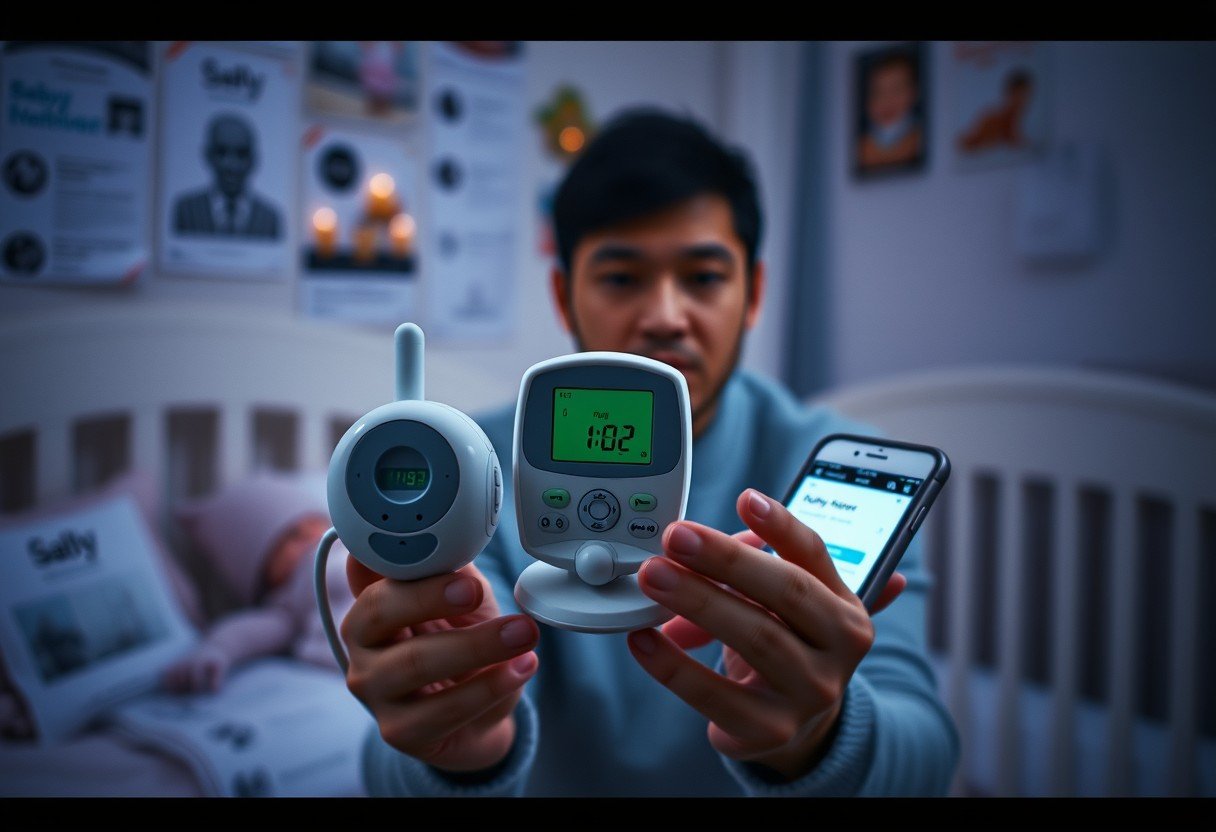Driving at night presents unique challenges due to reduced visibility, which can increase the risk of accidents. To navigate the roads safely after dark, expert Dr. Van Tassel recommends several key strategies. These include preparing your vehicle, adjusting your driving techniques, and understanding the psychological factors at play. By implementing this advice, you can drive with more confidence and ensure your journey is as safe as possible for yourself and others on the road.
Preparing Your Vehicle for a Safer Night Drive
Before you even start the engine, a few simple checks on your vehicle can make a world of difference for nighttime driving safety. Taking a few minutes to ensure key components are in optimal condition is a proactive step that enhances visibility and control.
Properly functioning and aligned headlights are your most critical tool for seeing and being seen. Dim or misaligned headlights can drastically reduce how far you can see down the road and may blind other drivers. It is essential to regularly clean the lenses and check that both low and high beams are working correctly.
Don’t overlook the condition of your tires and windshield. Good tire tread is crucial for maintaining traction, especially on wet roads that are harder to see at night. Similarly, a clean windshield and effective wiper blades are vital for clear vision, preventing streaks and glare that can obscure potential hazards.
| Vehicle Component | Pre-Drive Check | Reason for Importance |
|---|---|---|
| Headlights & Taillights | Clean lenses, check for burnout | Maximizes your visibility and ensures others see you. |
| Windshield & Wipers | Clean glass, check wiper condition | Prevents glare and ensures a clear view in rain. |
| Tires | Check pressure and tread depth | Ensures proper grip and vehicle handling. |
| Mirrors | Clean and adjust for night setting | Reduces glare from vehicles behind you. |
Essential Techniques for Better Night Vision
Once you are on the road, how you use your eyes and your vehicle’s features can significantly improve your ability to navigate safely in the dark. It’s not just about what you can see, but how you look at the road ahead.
Your eyes need time to adapt to the dark, a process that can take up to 30 minutes. When moving from a bright area to a dark one, give your eyes a chance to adjust before driving at higher speeds. Avoid looking at your phone or other bright interior lights, as this can ruin your night vision temporarily.
One of the biggest challenges at night is the glare from oncoming headlights. Staring directly into these lights can cause temporary blindness. To combat this, Dr. Van Tassel advises drivers to shift their gaze.
- Look toward the right edge of your lane, using the white line as a guide.
- Avoid looking directly at the oncoming lights.
- Use your car’s rearview mirror night setting to dim the lights from behind.
Furthermore, actively scanning your entire environment is crucial. Don’t just focus on the small area illuminated by your headlights. Look ahead and to the sides for glowing eyes of animals, reflective signs, or the faint outlines of pedestrians or cyclists.
Defensive Driving Strategies After Dark
Adopting a defensive mindset is important for any driving situation, but it becomes even more critical at night. Reduced visibility means you have less time to react to unexpected events, so you must build a larger safety cushion around your vehicle.
The most important defensive tactic is to increase your following distance. A good rule of thumb is to add at least an extra second to the standard “three-second rule,” giving you more space to brake if the car in front of you stops suddenly. This buffer is essential because it’s harder to judge speed and distance in the dark.
Always anticipate potential hazards, especially in rural or poorly lit areas. Be on high alert for animals that could dart onto the road, pedestrians wearing dark clothing, or vehicles that might be stopped on the shoulder without their lights on. By staying vigilant and expecting the unexpected, you can better prepare yourself to react safely.
Handling Challenging Nighttime Conditions
Weather can make a difficult night drive even more treacherous. Rain and fog severely limit visibility and reduce tire traction, requiring you to adjust your driving style immediately.
When driving in rain or fog at night, your first actions should be to slow down and use your low-beam headlights. High beams will reflect off the water droplets or fog, creating a wall of glare that makes it even harder to see. Increasing your following distance is non-negotiable in these conditions.
Wet roads can also cause hydroplaning, where your tires lose contact with the road surface. If this happens, do not slam on the brakes. Instead, ease your foot off the accelerator and steer straight until you feel the tires regain traction.
The Dangers of Fatigue and How to Stay Alert
Drowsy driving is a major cause of nighttime accidents. Fatigue impairs your judgment, slows your reaction time, and can even lead to falling asleep at the wheel. Recognizing the signs of drowsiness is the first step in preventing a tragedy.
If you find yourself yawning frequently, having trouble keeping your eyes open, or drifting from your lane, you are too tired to drive. These are clear signals that you need to pull over and rest. Pushing through is not an option when lives are at stake.
To avoid becoming fatigued in the first place, Dr. Van Tassel suggests several strategies.
- Get a full night’s sleep before a long drive.
- Schedule breaks every two hours or 100 miles to stretch and get fresh air.
- Avoid heavy meals before driving, which can make you sleepy.
- Travel with a companion and switch drivers when possible.
Relying on caffeine or loud music are temporary fixes that can give a false sense of security. The only true cure for fatigue is sleep.
Frequently Asked Questions
What are the key safety tips Dr. Van Tassel recommends for driving at night?
Dr. Van Tassel stresses keeping your headlights and taillights clean and functional, reducing your speed to increase reaction time, and using high beams only when there is no oncoming traffic. He also advises taking regular breaks to combat fatigue.
How does fatigue impact nighttime driving according to Dr. Van Tassel?
He explains that fatigue is a major risk factor because it slows reaction times, reduces attention, and impairs decision-making. Drivers should always assess their alertness before a trip and plan for rest breaks to stay vigilant.
What should drivers be aware of regarding visibility at night?
Dr. Van Tassel warns that pedestrians, animals, and cyclists are much harder to see in the dark. He recommends using headlights effectively and increasing your following distance to allow for more stopping time if a hazard appears suddenly.
What techniques can drivers use to avoid glare from oncoming headlights?
To handle glare, he suggests focusing your eyes slightly to the right side of the road instead of at the lights. Using your rearview mirror’s night setting and squinting slightly can also help reduce the intensity of the light.
What does Dr. Van Tassel say about alcohol and night driving?
He strongly advises against any alcohol consumption before driving at night. Alcohol severely impairs judgment, coordination, and reaction times, making the already challenging conditions of night driving far more dangerous.








Leave a Comment